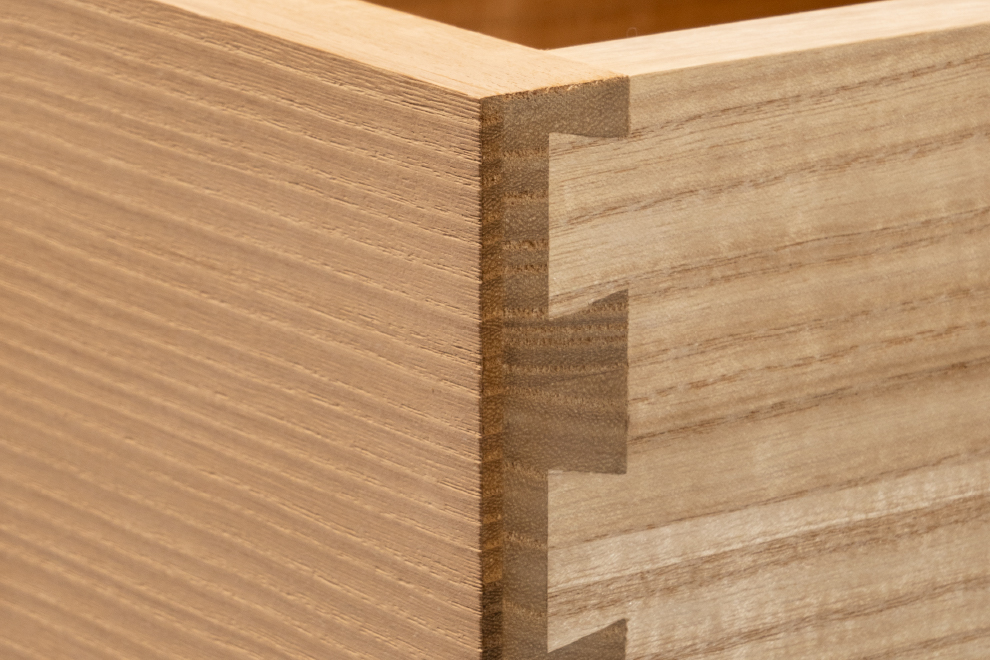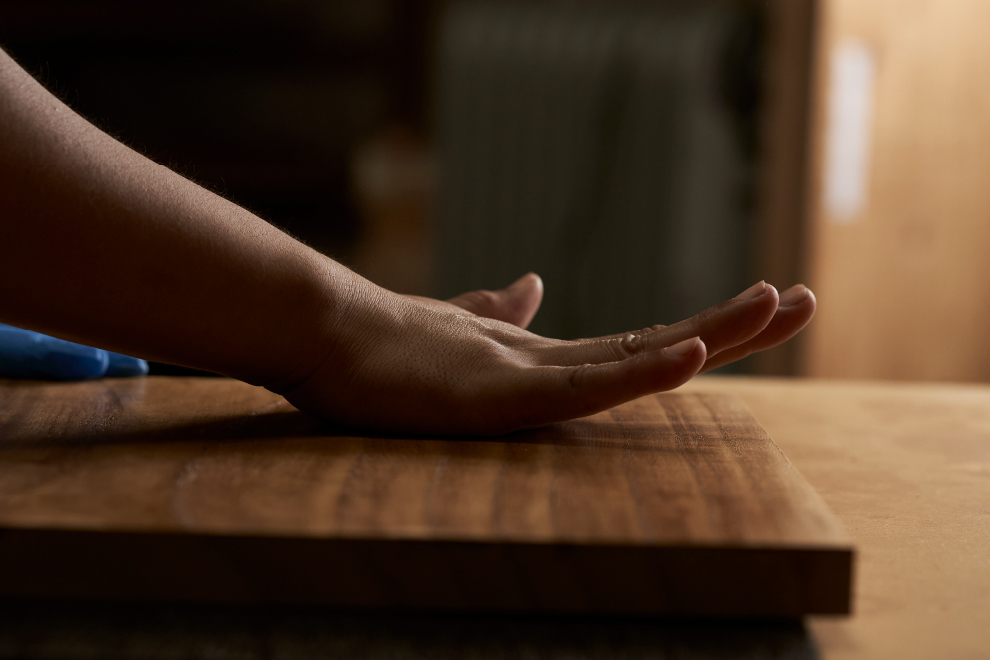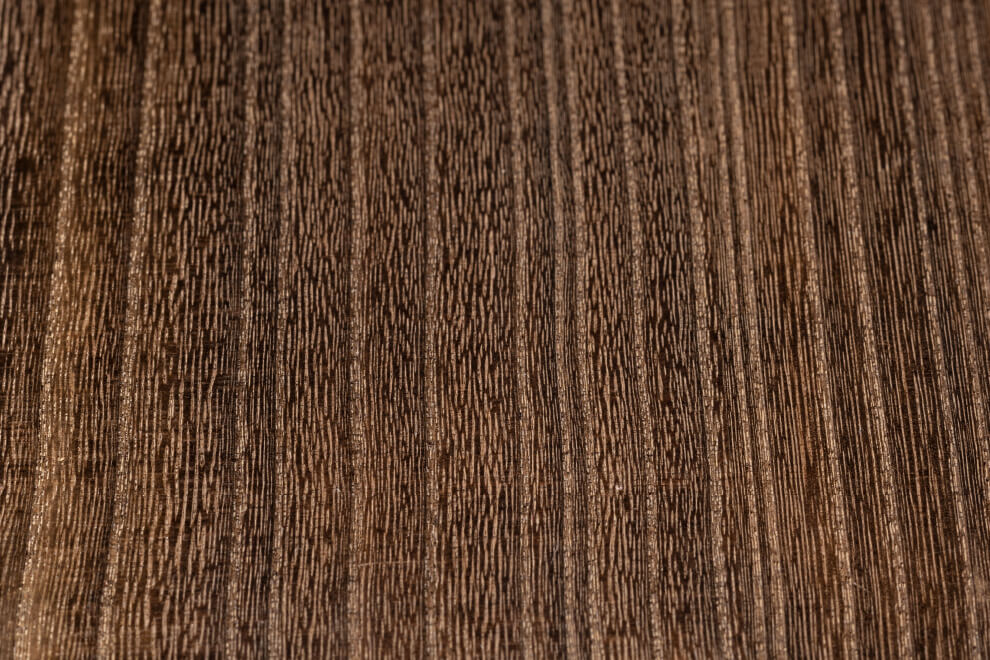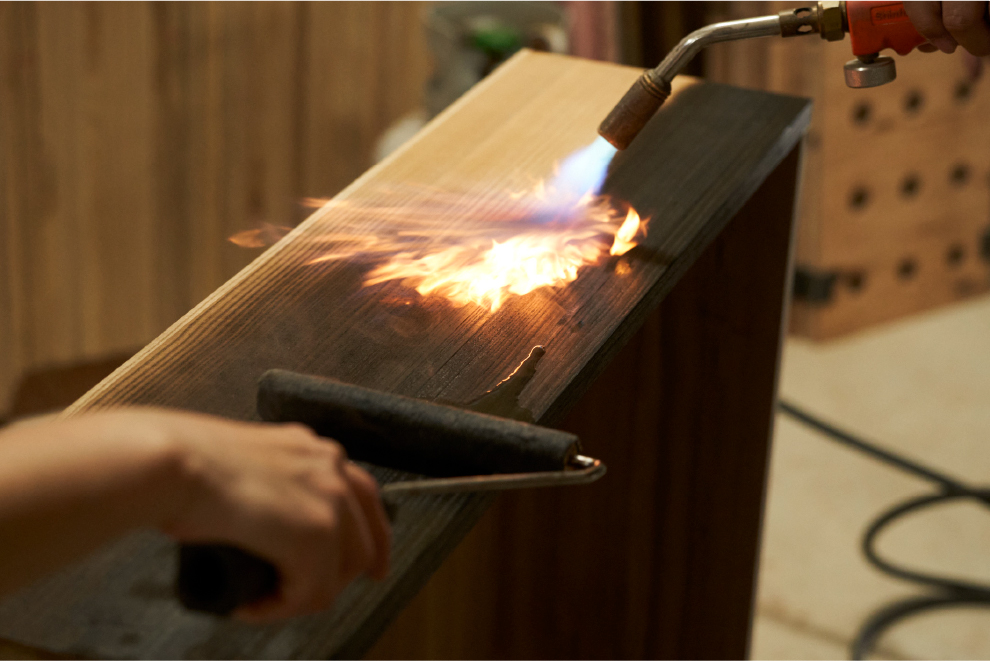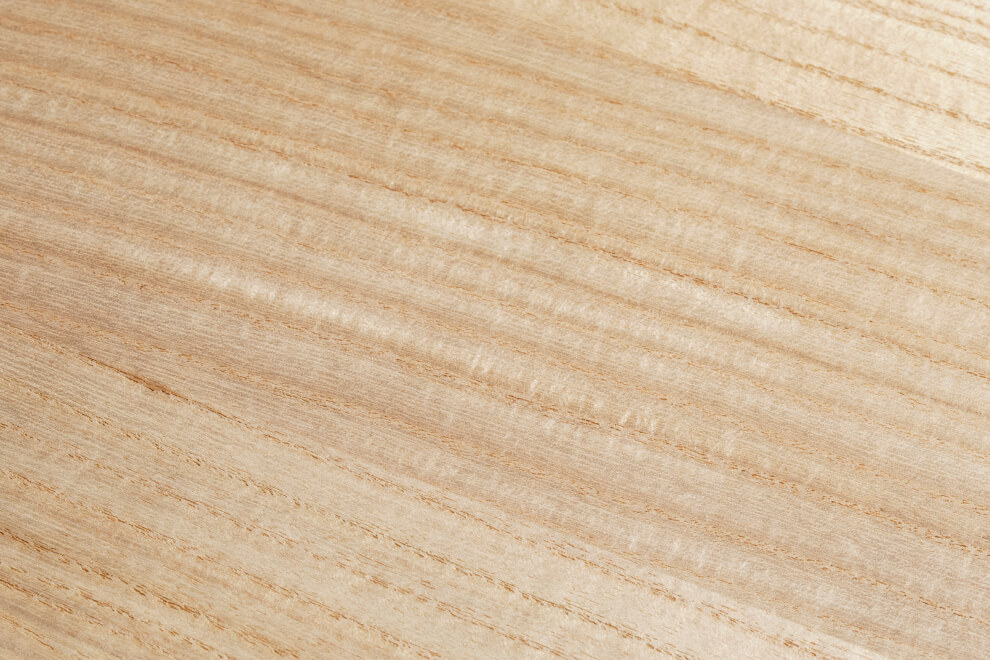100 Years with Paulownia and Family
In the past, a solid white paulownia chest was the symbol of a "bride's gift. "
The chest was filled with various thoughts and feelings of sending off a precious daughter
to a new family. That paulownia chest was then cherished by the new family,
spending a life together, then it was eventually passed down from mother to daughter,
weaving another new story along the way.
Soft, beautiful, graceful, and warm. Such genuine paulownia chests can only be produced
with traditional Japanese craftsmanship. Since the Meiji era, Azuma has continued its legacy
and remains a rare company in which all aspects of paulownia chest craftsmanship are
completed in-house. Currently, the fifth generation, who is a traditional craftsman of
Kishu paulownia chests, leads the company in tasks ranging from selecting wood,
processing wood, lacquer work, to specialized techniques such as curved wood artistry.
No matter how much the times change, there are "techniques" and "affection for family"
that remain unchanged. 100 years in the past, 100 years in the future, and beyond.
Azuma will continue to manufacture products that preserve the bonds of family.
